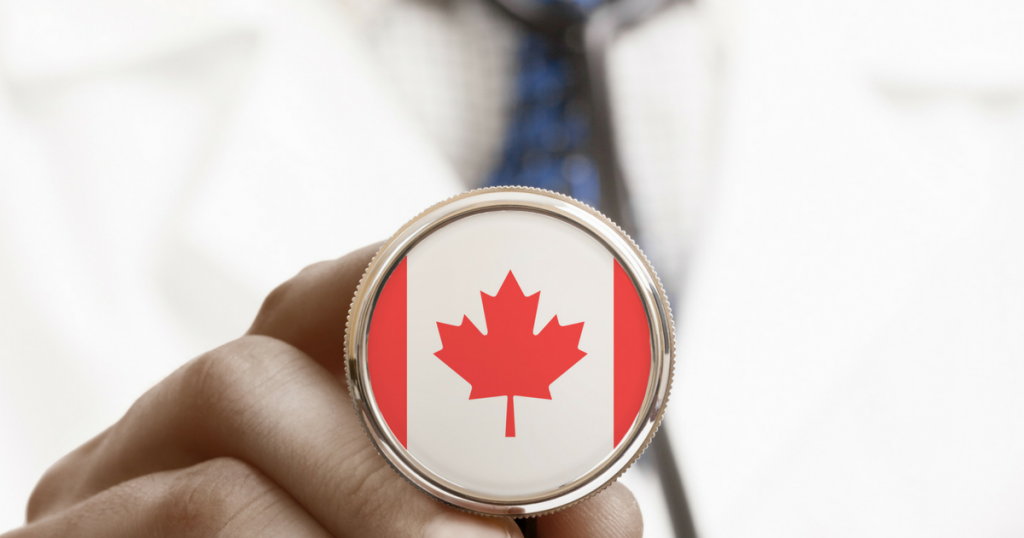Free Canadian healthcare: myth or reality?
It is hard to say where exactly the myth of Canadian free healthcare originated. Actually, it is not so simple. Canadians pay for the healthcare services and products through their taxes. This way those citizens who are in need for medical care and treatments could get medical services without cost.
How efficient this turn-around system? Let’s look from the cost optimation point of view. If we are looking at cost as a percentage of GDP, it would constitute about the half of cost if compared to the United States numbers. It is a fact that Canadians live longer than Americans, while also enjoying lower infant mortality rates, and have better survival rates for lethal conditions like heart attacks, strokes, and cancer.
The benefits of Canadian healthcare system
There is one benefit that is frequently overlooked. This is preventive programs that are traditionally sponsored in Canada through the health care system. It is well established and commonsensual, that preventive care lowers the cost of treating patients in hospitals and other medical facilities.

The biggest benefit of the Canadian health care system is that any serious condition will cause anxiety and stress. Nevertheless, Canadians are freed of the additional stress of figuring out if they can possibly afford treatment, if they be able to pay for the medical care received; or if they could be mishandled by an insurance company.
How the Canadian healthcare system works?
The free healthcare as is does not exist in the modern world. Someone has to pay for it. With socialism-oriented, state-controlled financial institutions responsible for transferring the budget money to the effective mechanisms of providing the service for basic needs, like health, it is possible to make a regular citizen invest less and worry less. That what is the Canadian health care payment mechanisms are striving for. When everyone contributes to a single payer insurance system, all of the Canadian society benefits. There are no citizens who are being exploited because they are forced to pay for what they do not need. On the other hand, there are healthy people who are contributing their share paying based on an income level. In Canada everyone pays for healthcare, the same way they pay for the military, police and court institutions so that these could function properly. The benefits of all the tax supported services are that every citizen is covered in the case of a potential health condition, regardless if a citizen is using the health service directly or not.
Now let’s get to the numbers and will try to figure out what is the price for this well-oiled and efficiently functioning system of which an average American can only dream. The difficult thing here is that nobody can calculate how much each Canadian is paying for the health care, which contributes to the overall myth of free health care. When one doesn’t know how much he pays, he tends to create an illusion for himself that he doesn’t pay at all.
Instead of using a dedicated health insurance tax that would earmark tax funds for the specific purpose of funding health care, the Canadian regulating organs fund it through what is known as general tax revenue. How does it work? You take some money from here and some money from there, while families cannot add up the numbers for themselves. As a result, the general public gets confused as they simply do not know how much do they actually invest either per year or per lifetime, which makes, in its turn, impossible to discuss the matter at any sociological or economic forum. It is estimated that an average single individual earning CAD 40,000 can expect to pay CAD 4,400 for public health care insurance in 2018. In the meantime, the average Canadian family of two parents and two kids earning totally for the household CAD 100,000 would pay CAD 12,000. There are also differences that must be considered in the amounts different families that earn different levels of their income pay. If you look at the 10 percent of Canadian families that earn the lowest income, they would contribute an average of CAD 500 for public health care, while the top-income 10 percent would pay CAD 40,000.
To summarize, the Canadian helathcare system is not by any means free, but it is an interesting showcase of how the flexible tax system in conjunction with the flexible distribution system can create well-functioning healthcare.



